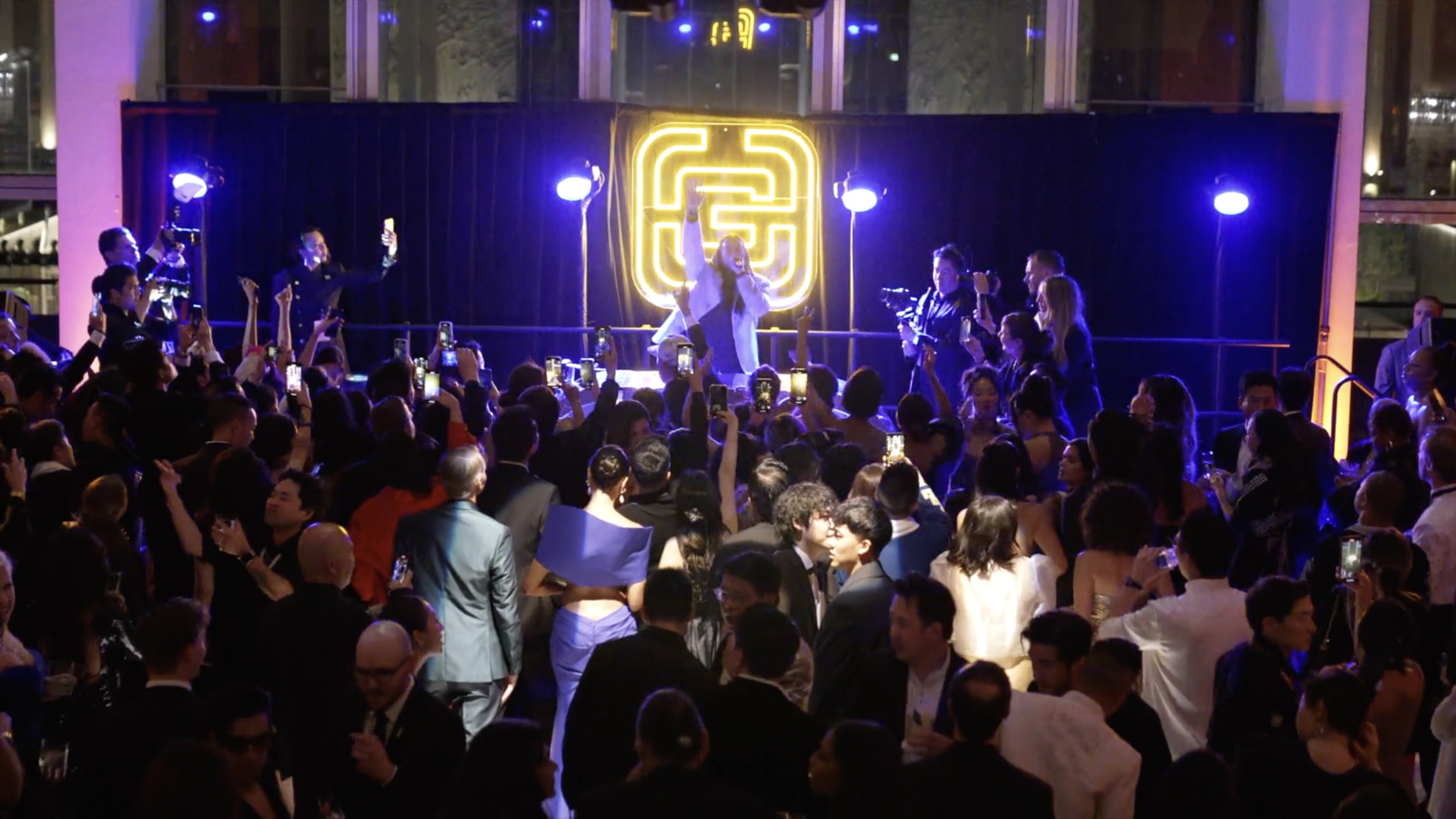By Hyungwon Kang
North Korea has long been a subject of my curiosity, but also represented a place of inaccessibility for journalists like myself. However, in the mid-1990s, a number of Americans and other foreigners were being granted permission to visit, so with my then Los Angeles Times editors’ blessings, I journeyed there in 1995 to cover the famine.
As I documented the people and land of North Korea (accompanied by guides whose responsibility included informing local authorities of my presence in their town, so that my camera and I wouldn’t set off any “alarms”), I couldn’t help but notice the size of people, being about 10 to 20 percent smaller than the South Koreans I had photographed numerous times before. I also noticed that North Koreans tended not only to make eye contact, but to sustain it throughout conversations. “We don’t dislike American people,” several North Koreans told me. The country was mostly absent of trash. People didn’t wear fancy garb, but were usually neatly dressed in clean clothes.
I also returned in 1997 to cover the food shortage and recall seeing hundreds of barefoot young students along with villagers stooping over freshly prepared fields for the annual spring rice planting. On both visits, no one prevented me from photographing anything in particular, so I tried to document North Korea and its people as accurately and thoroughly as I could—realizing that such images have the power to reveal important truths and inspire understanding.
A school teacher on a bus is illuminated by the late afternoon sun after a visit to Myohyangsan (“Mysterious Fragrant Mountain”) in North Korea. The mountain is named after the mystic shapes and fragrances found in the area, and is a North Korea tourist attraction.
Residents on a sidewalk in Pyongyang.
Despite rain, students and residents plant rice in a newly rebuilt rice patty over 1996 flood-damaged farmland in Sugu village, Kujang Country, about 90 minutes by car north of Pyongyang. A local resident admitted to eating puljuk (plant porridge) while trying to overcome the country’s food shortage.
North Korean artists outside Koryo Museum in Kaesong, the ancient capital of the Koryo dynasty.
A youth band entertains Pyongyang residents during the morning commute.










